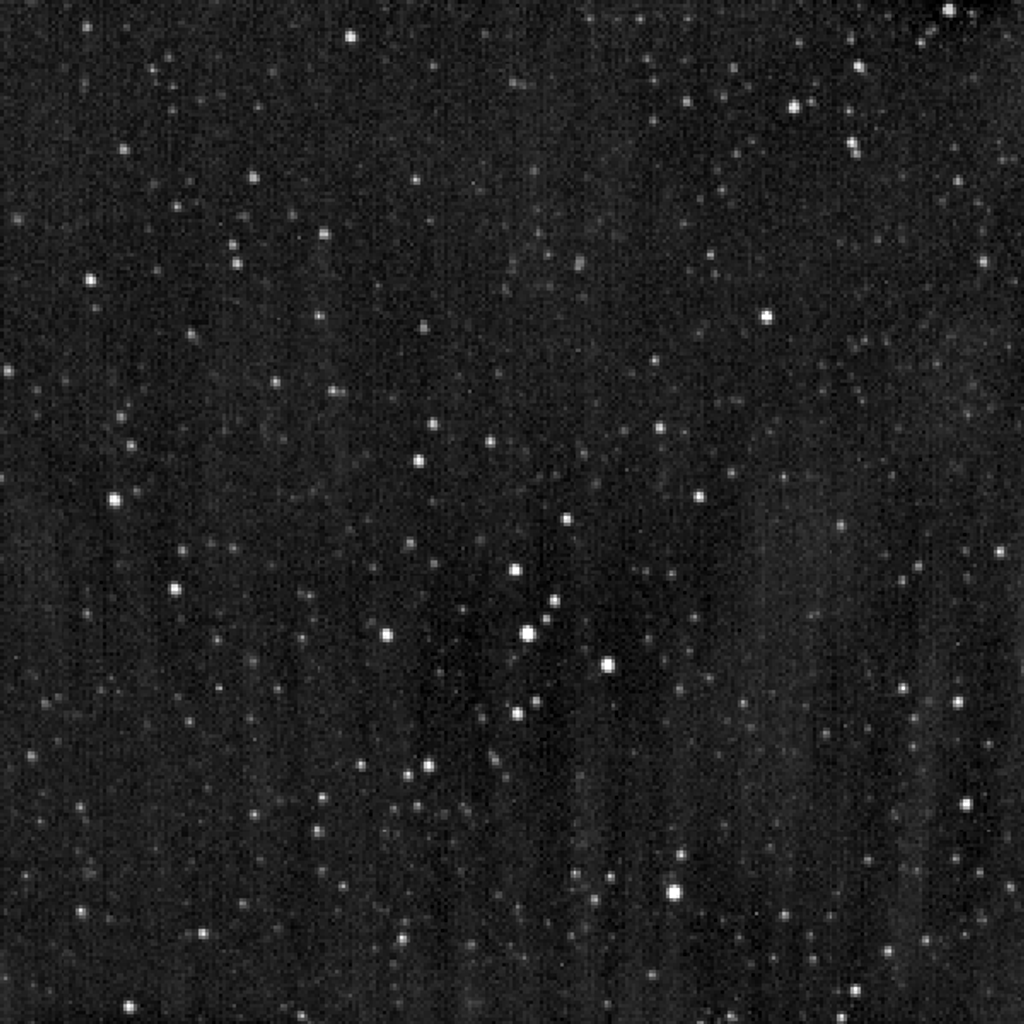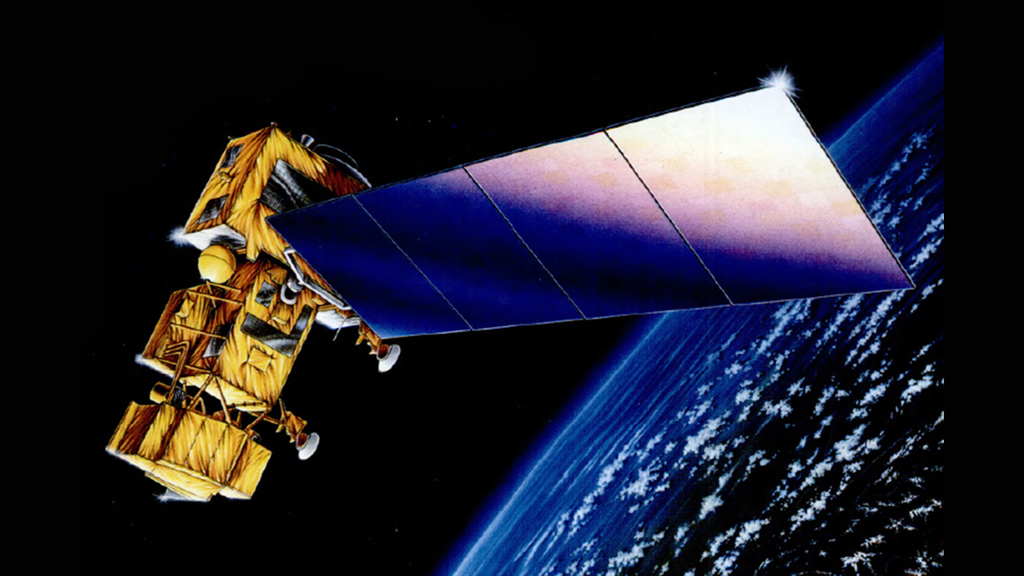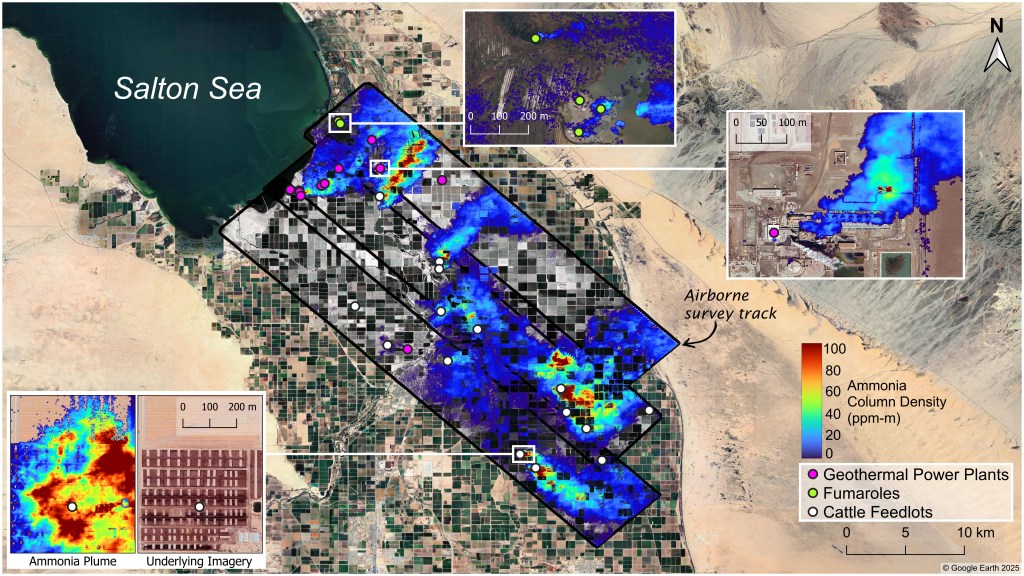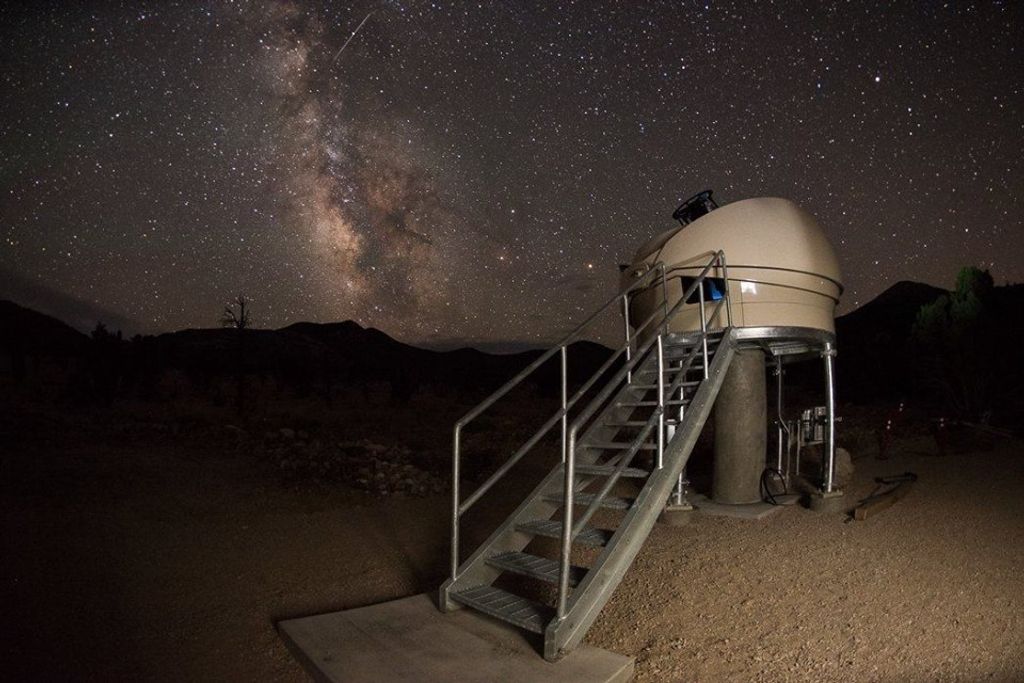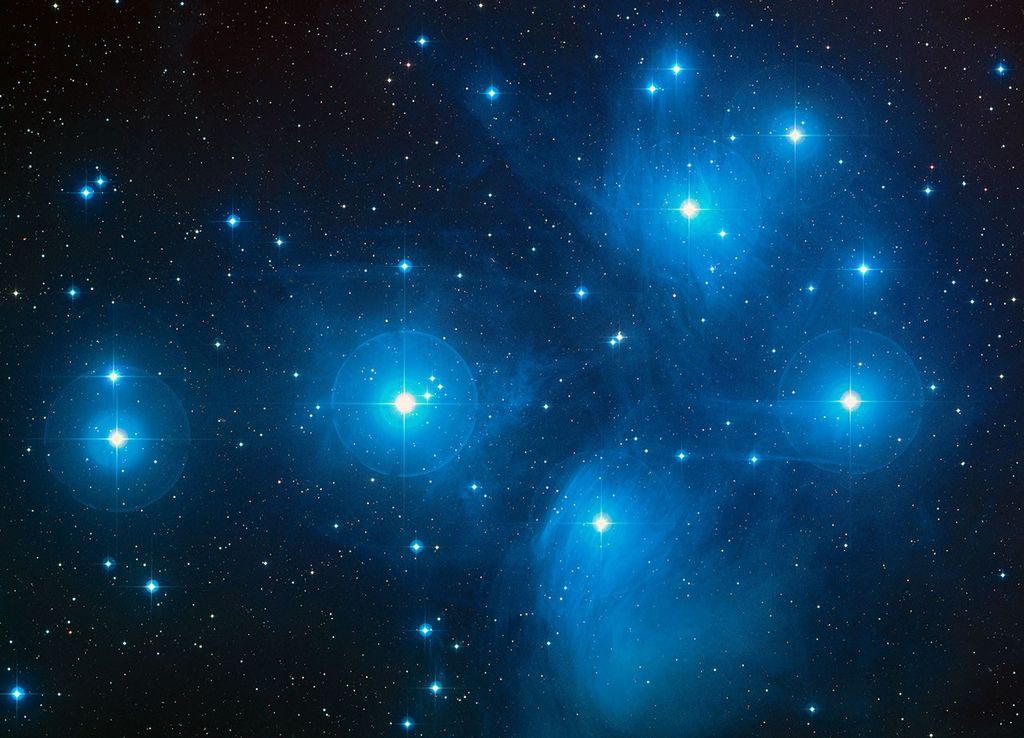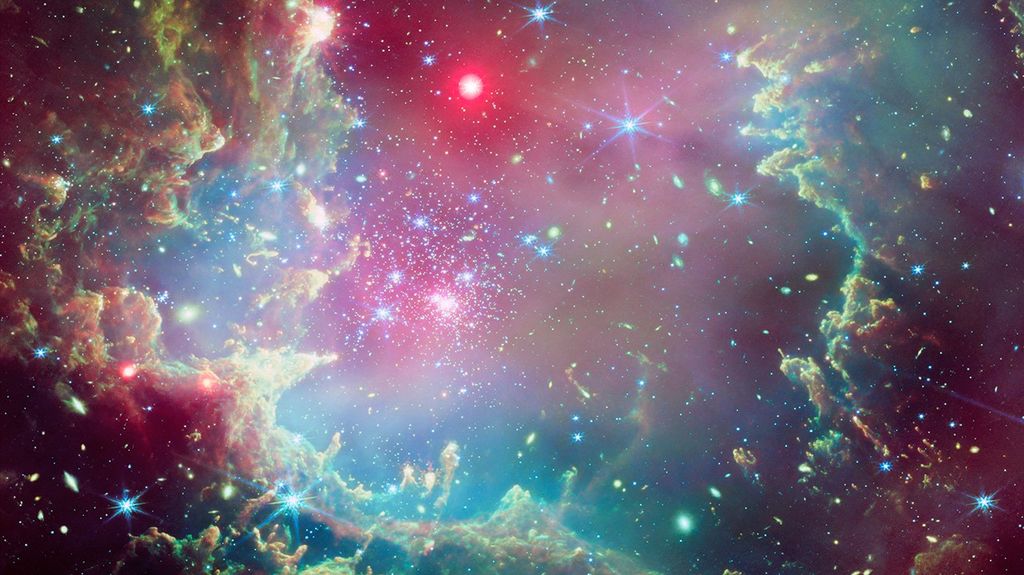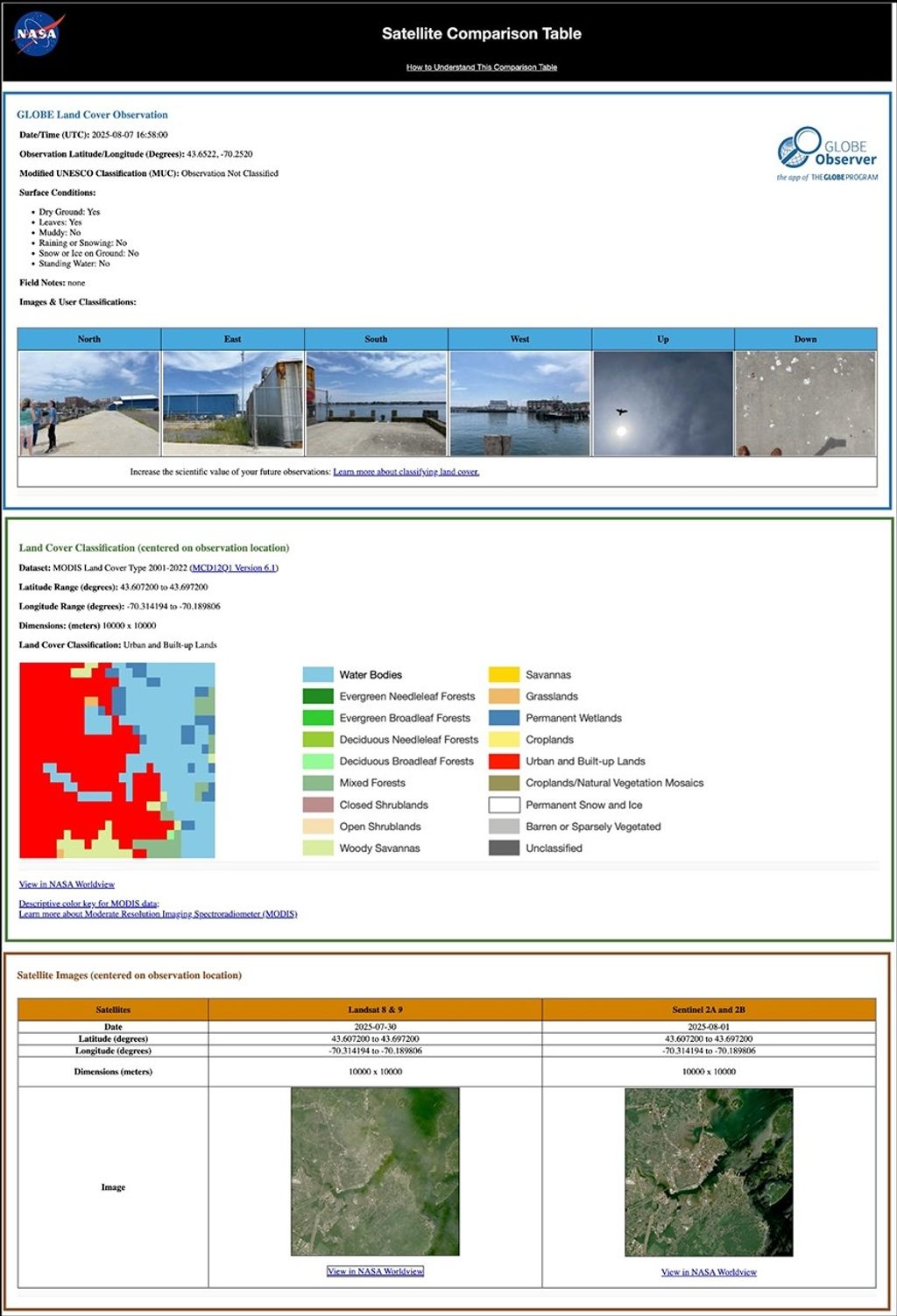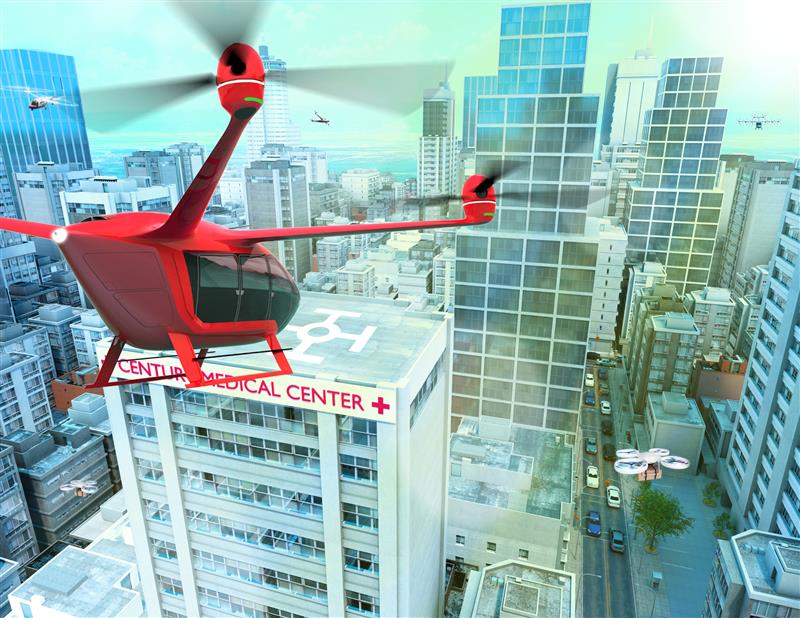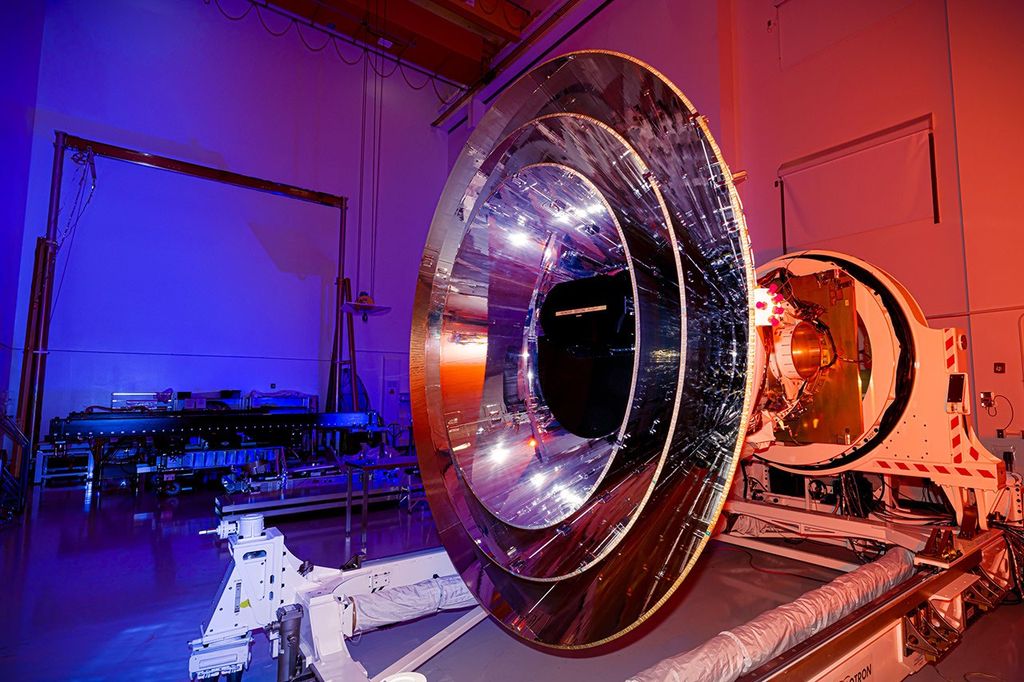1 min read
Hubble Space Telescope Images of M87

Astronomers find that the supermassive black hole at the center of the most massive local galaxy (M87) is not where it was expected. Their research, conducted using the Hubble Space Telescope, concludes that the supermassive black hole in M87 is displaced from the galaxy center.
At right is a large-scale image of galaxy M87 taken in 1998 with Hubble's Wide-Field Planetary Camera 2. The two images at left show an image taken in 2006 with Hubble's Advanced Camera for Surveys. The position of the supermassive black hole is indicated by the black dot in the lower left panel, and a knot in the jet (HST-1), which was flaring in 2006, is also indicated on this panel. The red dot indicates the center of the galaxy's light distribution, which is offset from the position of the black hole by about 22 light-years.
About the Object
- R.A. PositionR.A. PositionRight ascension – analogous to longitude – is one component of an object's position.12h 30m 49s
- Dec. PositionDec. PositionDeclination – analogous to latitude – is one component of an object's position.+12° 23' 28"
- ConstellationConstellationOne of 88 recognized regions of the celestial sphere in which the object appears.Virgo
- DistanceDistanceThe physical distance from Earth to the astronomical object. Distances within our solar system are usually measured in Astronomical Units (AU). Distances between stars are usually measured in light-years. Interstellar distances can also be measured in parsecs.About 50 million light-years (16 megaparsecs)
About the Data
- Data DescriptionData DescriptionProposal: A description of the observations, their scientific justification, and the links to the data available in the science archive.
Science Team: The astronomers who planned the observations and analyzed the data. "PI" refers to the Principal Investigator.ACS Data (left): The data used for the science results include the following ACS proposals of M87: (PI: J. Biretta) 9829, 10133, 10617, and 10910; (PI: E. Perlman) 9705; and (PI: E. Baltz) 10543. WFPC2 Image (right): The data used in the large (WFPC2) image of the M87 galaxy are from HST proposal 6775: J. Biretta, W. Sparks, F.D. Macchetto (STScI), and E. Perlman (Florida Institute of Technology). Science Publication: The "A Displaced Supermassive Black Hole in M87" research paper by D. Batcheldor (FIT), A. Robinson (RIT), D. Axon (School of Mathematical and Physical Sciences, University of Sussex and RIT), E. Perlman (FIT), and D. Merritt (RIT) will be published in an upcoming issue of The Astrophysical Journal Letters. - InstrumentInstrumentThe science instrument used to produce the data.HST>ACS/WFC and ACS/HRC (left), and HST>WFPC2 (right)
- Exposure DatesExposure DatesThe date(s) that the telescope made its observations and the total exposure time.2002-2006 (left), and February 1998 (right)
- FiltersFiltersThe camera filters that were used in the science observations.Left: F606W (R) and F814W (I) Right: F300W (U), F450W (B), F606W (V), and F814W (I)
- Object NameObject NameA name or catalog number that astronomers use to identify an astronomical object.Messier 87, M87, NGC 4486
- Object DescriptionObject DescriptionThe type of astronomical object.Giant Eliptical Galaxy
- Release DateMay 25, 2010
- Science ReleaseSupermassive Black Holes May Frequently Roam Galaxy Centers
- Credit
Share
Details
Claire Andreoli
NASA’s Goddard Space Flight Center
Greenbelt, Maryland
claire.andreoli@nasa.gov






